Juniper ordinary "Hibernika": description and tips for growing
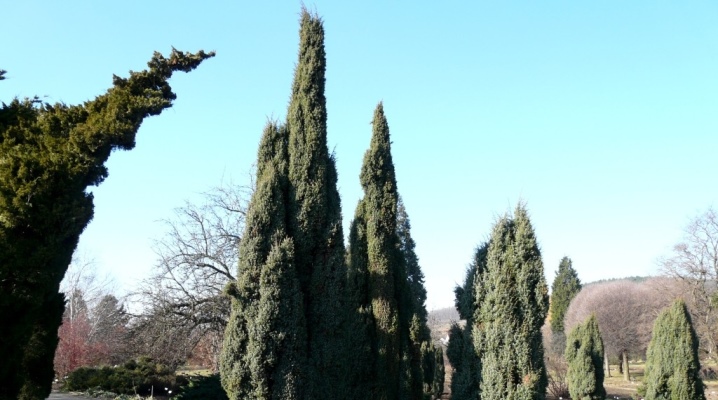
Junipers are conifers that are often planted in gardens and home gardens. These cultures are distinguished by a mass of positive characteristics, including unpretentiousness and high decorative qualities.
Description
Ireland is considered the historical homeland of the common juniper "Hibernica". The frost resistance of this representative of the flora made it possible to grow it in regions with different climatic conditions, including in Russia. The main direction in the use of the plant is considered to be the landscaping of recreation areas, as well as the design of territories according to design landscape projects.
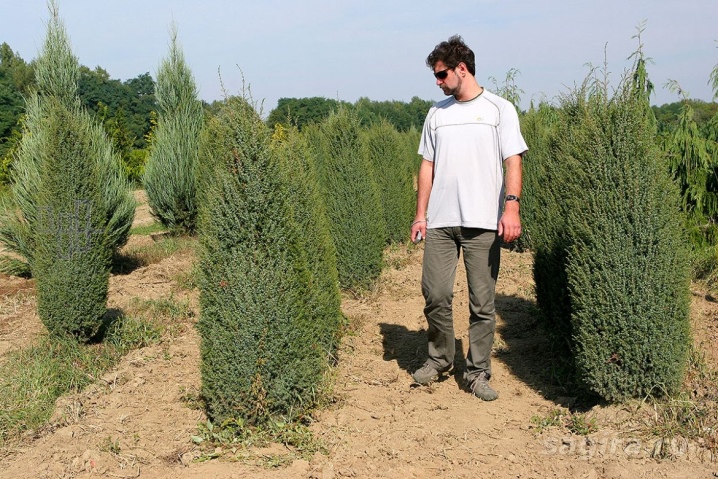
This perennial crop is a type of common juniper. An adult "Khybernika" can grow up to 400 centimeters, so this variety is considered to be tall. The crown of the bush has a regular columnar shape. Juniper branches are pressed against the trunk, due to which it reaches 120 centimeters in volume. This representative of the flora is adapted to exist in cold climates.
Common juniper is often planted in city parks and squares. The shrub is characterized by an average drought resistance, therefore, with a lack of moisture, the culture loses the decorative qualities of the lower part.
With a lack of liquid, the needles of the plant turn brown and dry out. "Khybernika" is a frost-resistant specimen, therefore -30 degrees are not afraid of it.
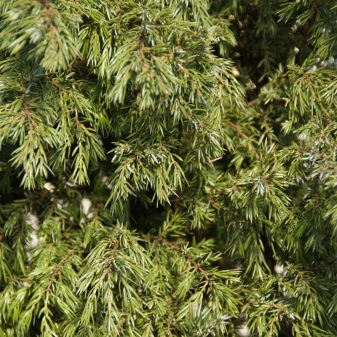
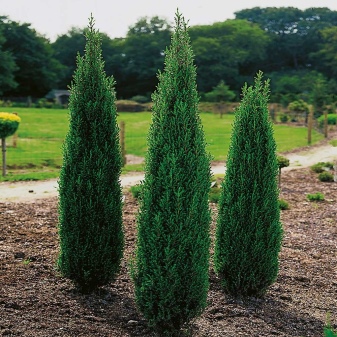
This perennial representative of the flora is able to maintain its beauty for a long period. Junipers can grow in one place for a century. The bush is characterized by unpretentious care and does not need constant measures to form the crown. External characteristics of "Hibernica":
- narrow pyramidal regular shape of the bush;
- medium-sized branches, with a dark gray color and a brown tint;
- the bark is uneven and scaly;
- young shoots grow from the center of the plant;
- light green needles are characterized by triangularity, softness, short length;
- the juniper grows thickly, has no gaps;
- the roots are powerful, 5 meters deep into the soil;
- berries of medium size, when ripe are dark brown, almost black in color.
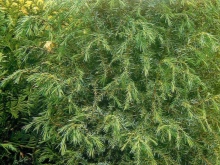

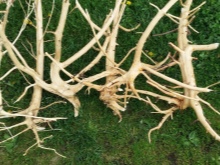
Landing rules
The Khybernika variety is propagated by cuttings, layering, and seeds. Cuttings are most often planted. Juniper is a light-loving plant, so it should be planted in a well-lit area. However, it is worth remembering that direct sunlight can cause burns to the bush. In preference, the juniper has a non-acidic soil. Excess acid can be neutralized by adding dolomite flour. Before planting a plant, peat and sand should be added to the substrate. The optimal period for planting is the end of April - the first decade of May. The landing stages will be like this.
- Digging a hole, the size of which should be several times larger than an earthen clod on the roots.
- At the bottom of the pit, it is worth laying out a drainage layer, the thickness of which should be at least 20 centimeters. For this purpose, you can use chipped bricks, crushed stone. Drainage is required when groundwater is shallow.
- When sprinkling a young juniper, do not deepen the root collar. It must stay on the surface.

The first week after planting "Khyberniki" you need to carry out regular watering. One representative of the flora must have at least 20 liters of liquid. Also, do not forget about loosening, since the roots need oxygen for normal development.
Thanks to near-trunk mulching, you can permanently retain moisture and slow down the growth of weeds. Peat, sawdust, dried grass can act as mulch.
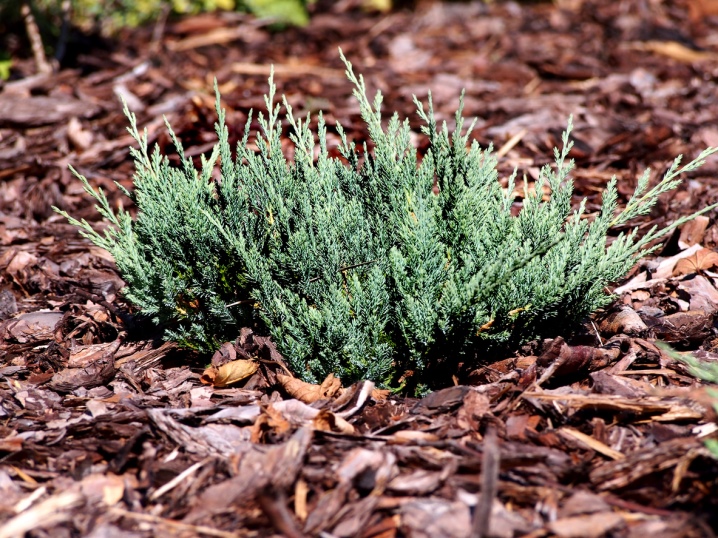
Care features
Complicated measures for the care of a juniper of this variety are not required. The main thing is not to forget about regular and abundant watering. Once planted, one plant needs 2 buckets of water. The moisture content of the soil should be medium, only in this way the crown of the bush will be formed in a decorative way. On hot and dry days it is necessary to irrigate "Khybernika" more often, as well as to carry out evening sprinkling once a week.
Loosening the soil is a guarantee that the juniper will respond with good development. The field of this procedure improves the access of oxygen, which does not allow the development of rot. By mulching the trunk circle, you can eliminate weeds and retain moisture. For mulching, you can use peat, laying it in a layer of 5 centimeters.
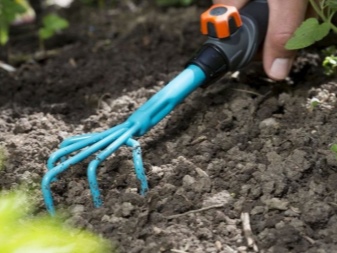

The pruning procedure should be carried out in the spring before the start of the active growing season. In this case, it is worth pruning dry, diseased branches using a sharp pruner. It is necessary to feed the bush in the middle of spring, using a complex that includes nitroammofoska. A sufficient amount of this substance is considered to be 40 grams per 1m2.
For the winter period of the year, you need to cover only young, not matured plants. Adult junipers do not need this event. But if the winter turned out to be snowy, then it is better to tie up the branches of the "Khybernika" so that the wind does not break them.
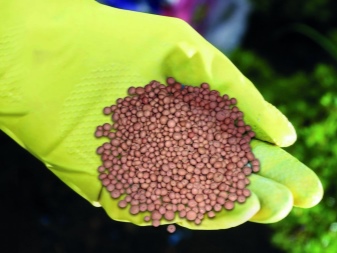
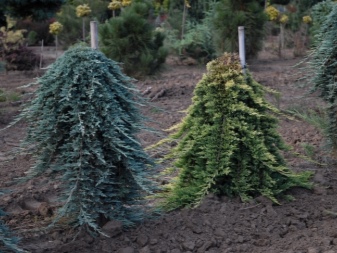
Reproduction methods
Common juniper can be propagated vegetatively and generatively. This varietal crop is capable of producing seeds that can be sown. However, it is worth remembering that this planting material does not appear often in a plant, therefore the generative breeding option is considered unprofitable.
"Hibernike" is more suitable for vegetative cultivation. In this case, the planting material is taken from the escape of an annual representative. You can also propagate the bush by layering, bending and fixing the lower branch to the substrate.
At the same time, do not forget about accuracy, since the juniper is characterized by the fragility of wood.
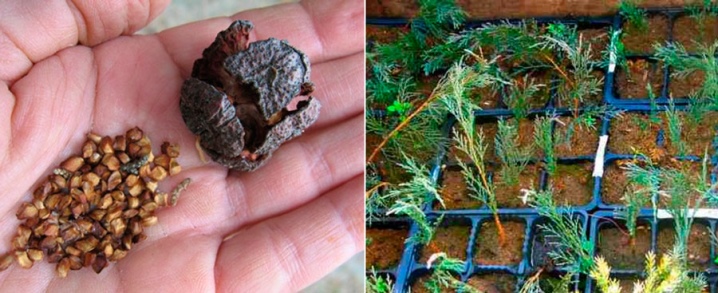
Diseases and pests
One of the most important steps in the care of "Hibernica" is the prevention of diseases and the fight against parasites. Despite the vitality and strong immunity of the shrub, it can be attacked by rust - a fungal disease that is difficult to prevent. The disease is manifested by the formation of growths. In order to protect the juniper from rust, you need to plant it further from crops, which often suffer from fungal infections. A good preventive effect is observed after spraying with a fungicide, it can be a bordeaux liquid of gray color.
With improper care of this representative of the flora, a disease such as fusarium can develop. This ailment manifests itself in the appearance of yellow and dry needles. The roots of a diseased bush are red, which can subsequently cause death. At the first manifestations of the disease, the juniper must be dug up, examined, the roots must be treated with fungicides and transplanted to a new site. After that, the old area is dug up and processed with gamaira solution.
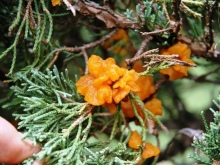
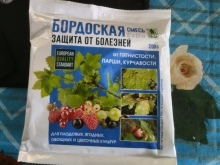
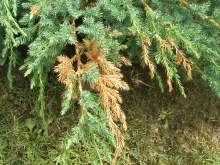
The most insidious enemy of the juniper is the sawfly. This parasite eats the needles of the plant. Initially, he likes old needles, after which he switches to young ones. This pest must be collected manually. You also need to dig up the soil near the trunk of the plant, thereby the sawfly larvae will die.
If a large number of caterpillars have appeared on "Khybernik", then it can be sprayed with "Decis" or "Karbofos". An attack of ticks on a juniper is considered no less dangerous, since they completely destroy the plant. In this case, it is worth using pesticides or a soap solution with garlic infusion.
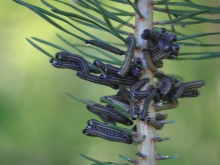
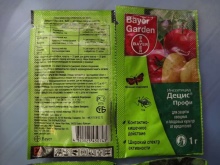
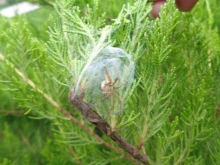
Use in landscape design
Juniper "Khybernika" is a beautiful representative of the flora. Due to its unpretentiousness, even a gardener without experience can start growing a plant. Features of this variety are used in order to create a composition in landscape design. Planting it in a flower bed looks quite advantageous due to the columnar crown.
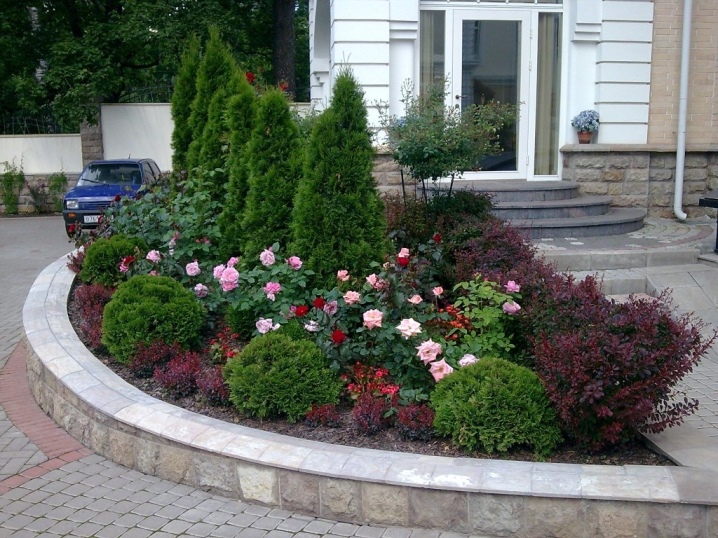
It is best to plant ephedra near those plants that are similar in preference to growing conditions. Veres, flowering bulbous representatives, as well as ferns and daylilies are considered worthy neighbors for junipers. "Kibernika" has an original and harmonious appearance.
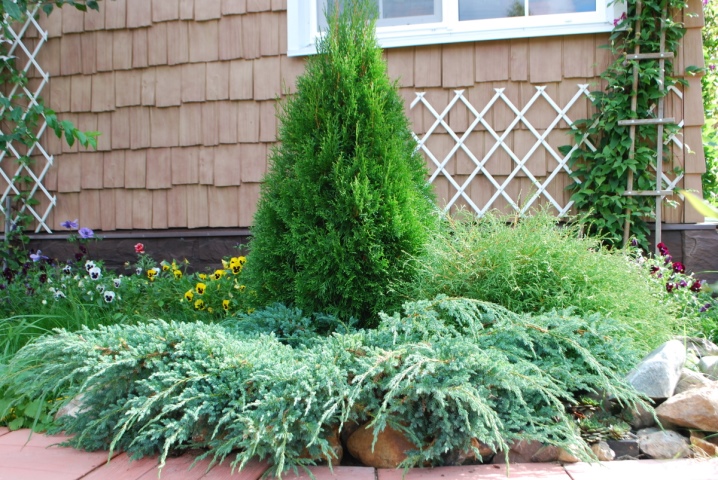
Cypress trees are considered to be quite ornamental crops. Hibernica is often planted as a focal plant in flowering flower beds. The columnar shape of the juniper allows it to be used as a hedge. The attractiveness and harmony of this representative of the flora cannot but attract attention.
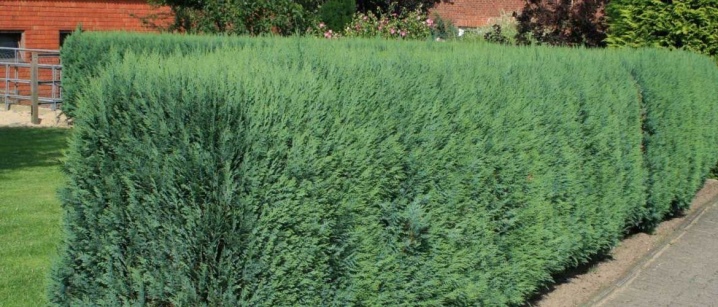
Juniper "Khybernika" is characterized by endurance to environmental conditions. Since it is not afraid of low temperatures, the bush can be planted in a harsh climatic zone. This plant has strong immunity, but with improper care it can die from diseases and pest attacks. If you want to grow an ephedra on your site, you should follow the rules for its cultivation. Then he will delight everyone around him with his appearance.

Perennial shrubs are often used to correctly design a private area or park area. According to gardeners' reviews, this juniper variety growing on the territory is able to create an impression of solemnity and tranquility. Also, many summer residents are pleased that during the period of its existence, "Kibernika" is very rarely sick. People are pleased with the delicate coniferous aroma that the plant exudes.
Anyone can plant a juniper, despite the climatic conditions of the territory and the experience of the gardener.
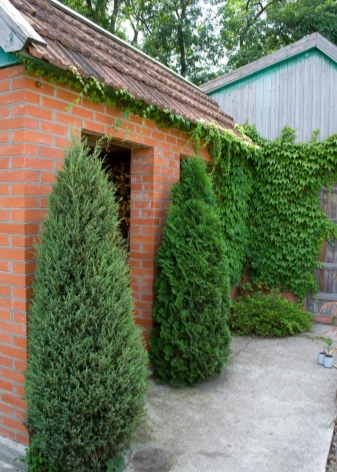
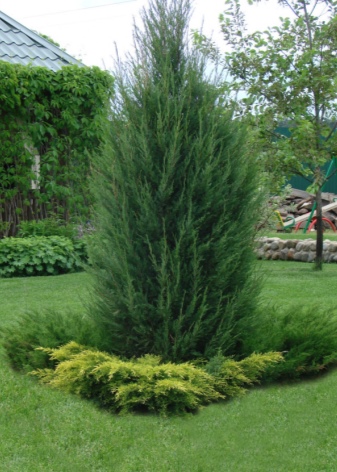
An overview of the "Khybernika" juniper, see below.



































































The comment was sent successfully.